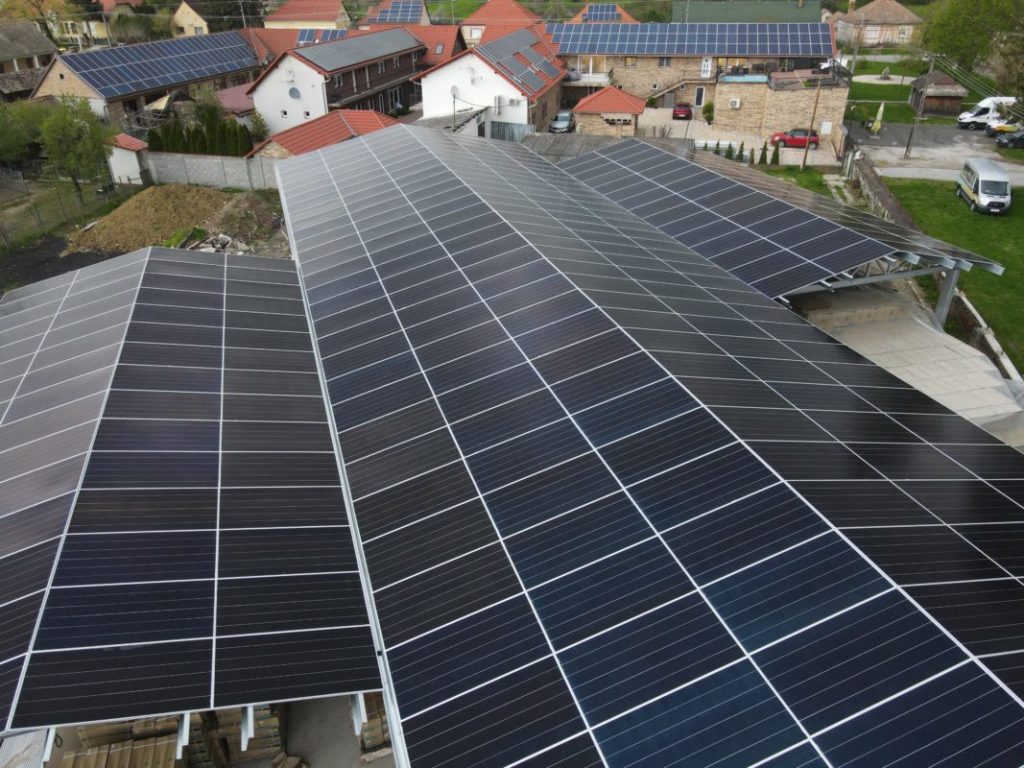
National industry body Energy Networks Australia (ENA) has called on the Australian government to implement the appropriate incentives to unlock at least 5GW of additional rooftop solar PV generation capacity.
Detailed within the organisation’s The Time is Now report, released with market consultant L.E.K. Consulting, creating the correct regulatory settings for the market could also help unlock 7GW of additional front-of-meter generation by 2030 and 5GW of additional distribution-connected battery storage, alongside enabling putting at least four million electric vehicles (EVs) on the road by 2030.
Try Premium for just $1
- Full premium access for the first month at only $1
- Converts to an annual rate after 30 days unless cancelled
- Cancel anytime during the trial period
Premium Benefits
- Expert industry analysis and interviews
- Digital access to PV Tech Power journal
- Exclusive event discounts
Or get the full Premium subscription right away
Or continue reading this article for free
At the heart of a revolution for solar PV technologies, the ENA believes that providing incentives for commercial operators could see an uptick in installing more solar panels on existing rooftops, with the potential to share this with the local community. Readers of PV Tech may be aware that Australia’s rooftop solar PV deployment volume surged by 23% month-on-month in July, with a record 302MW installed, according to solar consultancy group SunWiz.
Steps to unlock Australia’s solar PV potential
Indeed, ENA has called for an incentive scheme for larger-scale C&I rooftop solar to facilitate investment above self-consumption and share it with the local community. This would help overcome current economic barriers to investment, where there is a demonstrated need for more generation with a Local Energy Hub.
Distribution networks could aid this by taking steps to better facilitate the ease and speed of larger rooftop solar connections by conducting advanced connection studies and simplifying connection processes for projects of this size. This could be implemented by working with the Commonwealth and State governments to expand existing programmes to provide low-cost, government-backed CER financing options for renters and customers with poor access to capital.
The report also calls for expanding existing programmes to provide low-cost, Clean Energy Regulator (CER) financing options for renters and customers with limited access to capital.
Another core element of the report is a plan to boost energy storage and absorb the surplus solar energy being generated. According to the report, current regulation prevents distribution network service providers (DNSPs) from sharing battery capacity with third parties that participate in wholesale electricity markets, and all current pilots and programmes are only possible under limited waivers.
To solve this, the ENA believes the government should introduce an Australian Energy Regulator (AER) class waiver to allow distributors to share battery capacity with third parties, enabling customers to benefit from the full battery value stack. This could be done by updating the customer export curtailment value (CECV) to value battery energy storage investments differentially.
The untapped potential of rooftop solar in Australia
Rooftop solar is a highly cost-effective way to generate power near customer demand, and the existing installation capacity in the industry can support further expansion across Australia.
The current industry can maintain around 3GW or more installations, but forecasts predict that solar installations will decrease in the short to medium term, reaching 2.1GW in 2024-26. There is untapped potential in rooftop capacity on homes and business properties. However, this available roof space cannot be efficiently accessed due to a misalignment of incentives.





